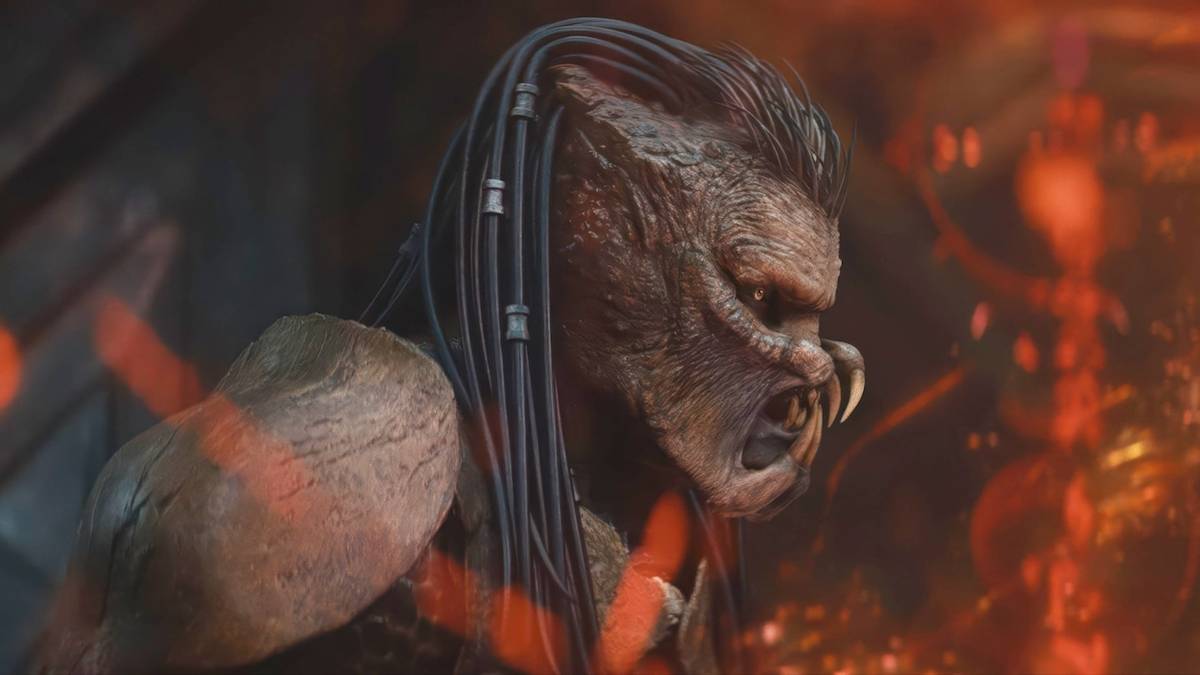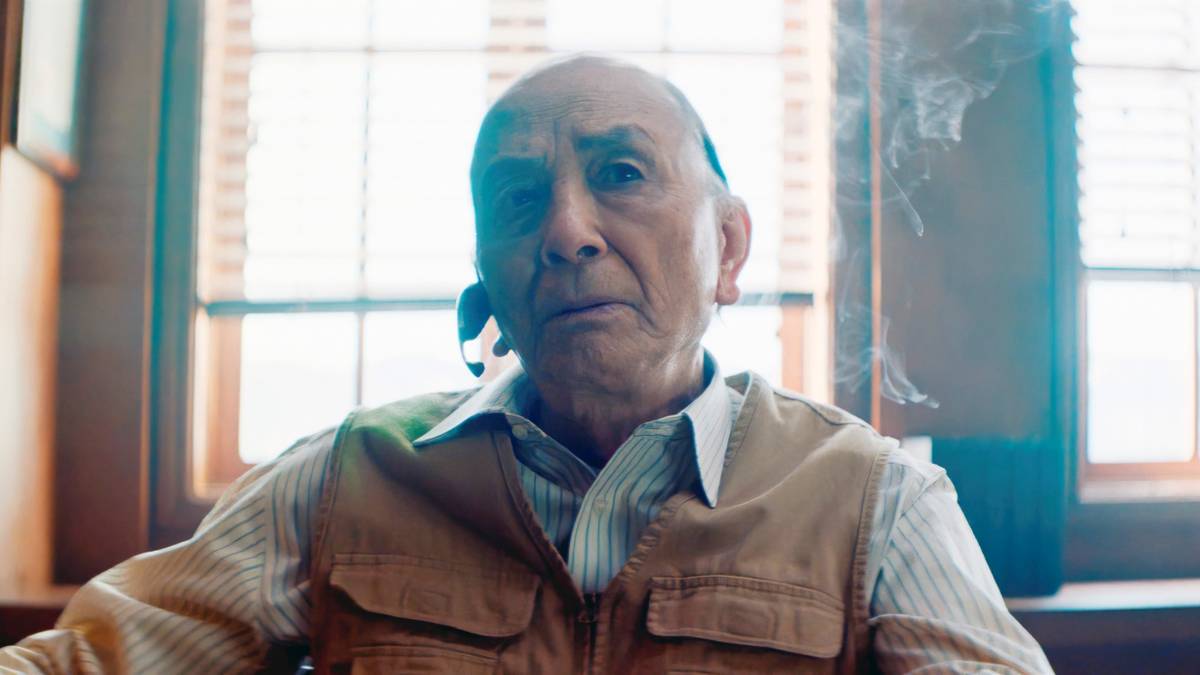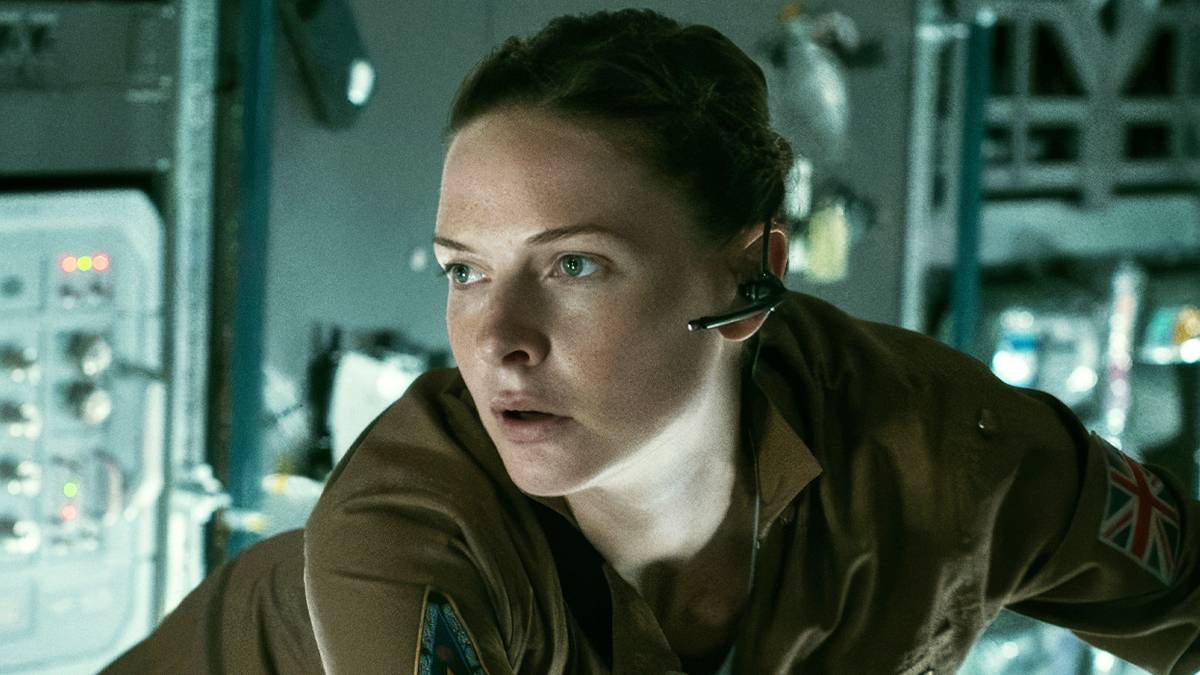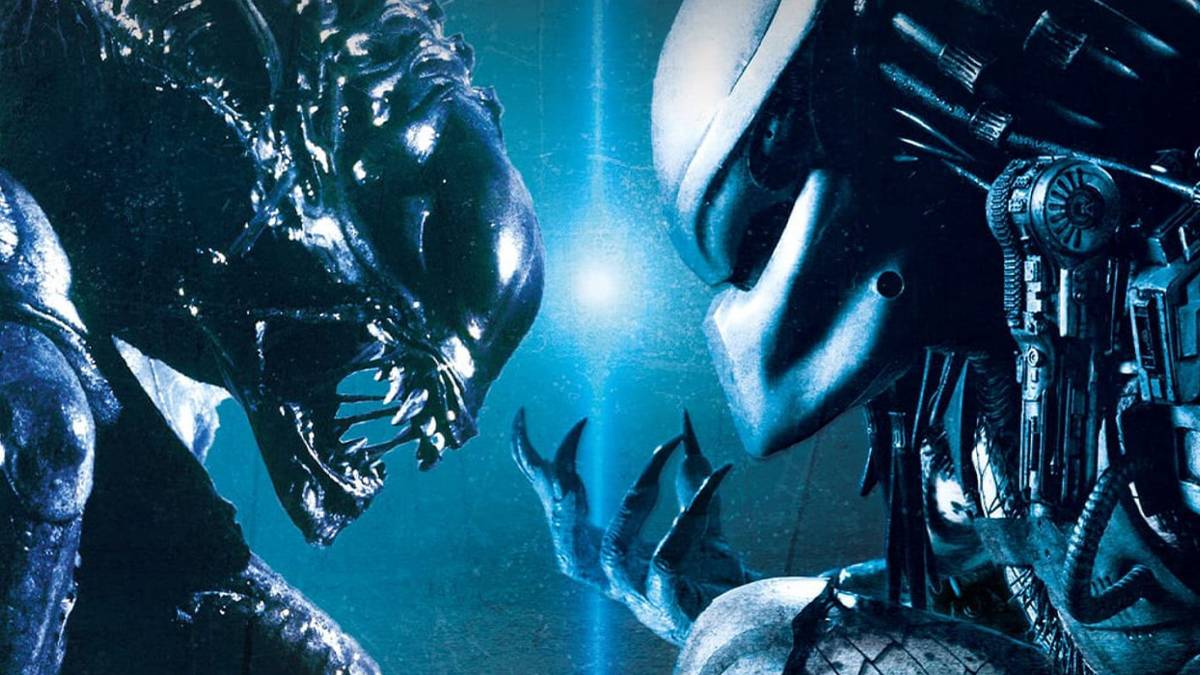Predator: Badlands' Director Unveils Twists as Film Dominates Box Office!

Director Dan Trachtenberg, renowned for his innovative contributions to the 38-year-old “Predator” sci-fi franchise, has once again pushed creative boundaries with “Predator: Badlands,” now playing in theaters. Following the success of 2022’s “Prey,” set in the early 1700s with a Comanche protagonist, and 2025’s “Predator: Killer of Killers,” the franchise’s first animated feature, Trachtenberg sought to fundamentally redefine the series’ premise in “Badlands.” Co-written with Patrick Aison, the film takes an unprecedented approach by portraying a Yautja, the titular alien predator, not as the villain, but as the central protagonist.
“Predator: Badlands” introduces Dek (Dimitrius Schuster-Koloamatangi), a young Yautja eager to prove his worth to his father, Njohrr (Reuben De Jong). Deemed a disgraced runt, Dek is sentenced to death by his father, but his brother, Kwei (Mike Homik), sacrifices himself to free him. This act propels Dek into exile on the deadly planet Genna, where he must complete an impossible mission, to slay the Kalisk, the planet’s invincible apex predator, a feat no Yautja has ever achieved.
On Genna, Dek faces a hostile world where nearly every plant and creature seeks to kill him. Amidst the chaos, he encounters two unlikely allies. The first is Thia (Elle Fanning), a friendly android from the Weyland-Yutani Corporation, linking the film directly to the “Alien” franchise. Thia, separated from her lower body after a prior encounter with the Kalisk, offers Dek her vast ecological knowledge of Genna in exchange for help recovering her missing parts. His second companion, Bud, is a lovable, dog-like creature who marks Dek as part of its clan by spitting on him. Although Dek initially abandons Bud in adherence to Yautja traditions of solitary hunting, their connection proves crucial later.
When Dek finally confronts the Kalisk, he decapitates it in a brutal battle, only to discover its astonishing regenerative ability, allowing it to reattach its severed head. As the creature prepares to strike again, it suddenly hesitates, sensing something familiar on Dek. At that moment, Dek and the Kalisk are frozen by Tessa (also played by Elle Fanning), Thia’s android sister. Acting under the orders of Mu/th/ur, the Weyland-Yutani AI, Tessa intends to capture the Kalisk for experimentation. Witnessing Tessa’s cruelty toward Dek, Thia defies her programming and helps him escape, fully aware that doing so will lead to her own deactivation.
Devastated by Thia’s sacrifice, Dek reunites with Bud and uncovers a shocking truth: Bud is a baby Kalisk, and Tessa has captured its mother. The Kalisk had spared Dek earlier because Bud had marked him, symbolizing a familial bond. Dek’s mission transforms, from seeking personal glory to rescuing Thia and Bud’s mother, his new, unexpected clan. During the rescue, the Kalisk mother swallows Tessa whole, but Tessa detonates from within, killing the otherwise immortal creature. Dek then neutralizes Tessa permanently by stabbing her in the back of the head.
Upon his return to Yautja Prime, Dek presents Tessa’s skull to his father, Njohrr, who coldly rejects him. Anticipating this, Dek challenges Njohrr and defeats him in combat, aided by Bud, now fully grown, who bites off Njohrr’s head. The film closes with Dek, Thia, and Bud standing together as a massive Yautja ship looms on the horizon, carrying Dek’s mother.
Trachtenberg explained that the film’s major plot twists, particularly Bud’s true identity and the arrival of Dek’s mother, were central to his vision of reimagining the franchise. He wanted to fill “Badlands” with “crazy ideas” and explore what would happen if the alien monster became the hero. His approach to creature design was deeply narrative-driven, prioritizing ecological logic and evolution over superficial aesthetics. For example, he designed creatures adapted to razor grass environments, with natural armor and beak-like mouths, emphasizing realism over spectacle.
Bud’s design, surprisingly adorable for a “Predator” film, was deliberate. Trachtenberg drew inspiration from Rocket Raccoon and Groot, balancing “cute yet badass” energy. He cited “Terminator 2” as a tonal reference, aiming for intense action combined with emotional warmth. Early ideas for Bud to transform into the Kalisk were discarded as “too supernatural,” with the final concept instead emphasizing themes of found family and overcoming abuse.
Trachtenberg also added subtle world-building layers, such as the “Rock Biter” worm-like creature seen in Genna’s background, a reminder of the planet’s deadly ecosystem and intricate food chain. The story takes place furthest into the future of both the “Predator” and “Alien” timelines, deliberately avoiding overlap with projects like “Alien: Romulus” or “Alien: Earth.” This temporal setting allows creative freedom to explore new eras and ideas.
Regarding the franchise’s direction, Trachtenberg said the final scene, featuring Dek’s mother’s arrival, is designed as a potential springboard for future stories. He compared his approach to the early Marvel Cinematic Universe, where each movie stood strongly on its own while subtly building toward a larger, interconnected narrative. This philosophy, he explained, ensures that each Predator installment remains “a complete and awesome story first, with room for expansion later.”
The director also reflected on his deep appreciation for the “Predator” mythos, noting that the Yautja’s moral code and search for worthy opponents allow for both visceral action and emotional storytelling. “They’re not mindless killers,” Trachtenberg noted. “Their culture mirrors our own drive for honor and challenge.” This balance, he said, gives the franchise limitless creative potential.
Behind the scenes, Trachtenberg revealed that he received encouragement from James Cameron, who had praised “Prey” and offered notes during “Badlands” production. Additionally, in a fun cameo, “Stranger Things” creators Matt and Ross Duffer voiced the AI computer on Dek’s ship, learning the Yautja language for their brief appearance.
The film’s strong box office performance and positive critical reception were recently highlighted on The Daily Variety Podcast, marking “Predator: Badlands” as both a commercial success and a bold creative leap for the long-running franchise.
Recommended Articles
Massive Flop: Matrix Creators' $185M Epic Drowned by New Sci-Fi Sensation!

Predator: Badlands is nearing box office milestones, aiming for $200 million worldwide while preparing to surpass the pr...
Predator: Badlands Devours Box Office, Crushing Scarlett Johansson & 7-Time Oscar Winner!

Predator: Badlands has achieved significant box office success and critical acclaim, establishing itself as one of the b...
Predator: Badlands Dominates Box Office with Shocking 'Stranger Things' Cameo!

Dan Trachtenberg's Predator: Badlands has quickly achieved box office success, becoming the franchise's highest-grossing...
‘Predator: Badlands’ Unleashes Controversial Aliens Reference, Ignites Demand for New Crossover Film

Dan Trachtenberg's "Predator: Badlands" is lauded for masterfully integrating the Predator and Alien franchises, making ...
Predator: Badlands Dominates Box Office, Shatters Franchise Records with Massive Global Opening

“Predator: Badlands” has roared to a franchise-record $80 million global debut, revitalizing a struggling box office aft...
You may also like...
Nigeria's Future Hinges on Sports: Minister Urges Massive Investment

Minister Bosun Tijani has called for substantial government investment in sporting activities to ensure Nigeria's future...
Karl-Anthony Towns, Josh Hart Lead NBA Christmas Day Style Parade

The NBA's long-standing tradition of Christmas Day games continued in 2025 with a five-game slate featuring prominent ma...
Marty Supreme Mania: Box Office Smash Unveils Real-Life Inspiration & All-Star Cast

“Avatar: Fire and Ash” dominated the Christmas Eve box office, while “Zootopia 2” continued its global success. Among ne...
Ariana Grande's 'Christmas & Chill' EP: A Secret Masterpiece Unveiled?

In late 2015, amidst minor career turbulence, Ariana Grande released the surprise holiday EP 'Christmas & Chill' to rese...
African Democratic Congress Surges: 45,000 New Members in Taraba!

The African Democratic Congress (ADC) has registered at least 45,000 new eligible voters across four local government ar...
Christmas Tragedy: Swimmers Feared Lost in Devon Sea After Festive Dip

A major search and rescue operation was initiated on Christmas Day off Budleigh Salterton, Devon, after two men went mis...
CCTV Breakthrough: DCI Identifies Vehicle Owner in Shocking Jirongo Death Probe

Former Lugari MP Cyrus Jirongo died in a head-on collision on the Nairobi-Nakuru highway on December 13, 2025. The DCI i...
Cross-Border Carnage: Two Perish in Zimbabwe-South Africa Bus Horror on N1

A cross-border bus from Zimbabwe to South Africa collided head-on with a truck on Christmas Day near Louis Trichardt, Li...